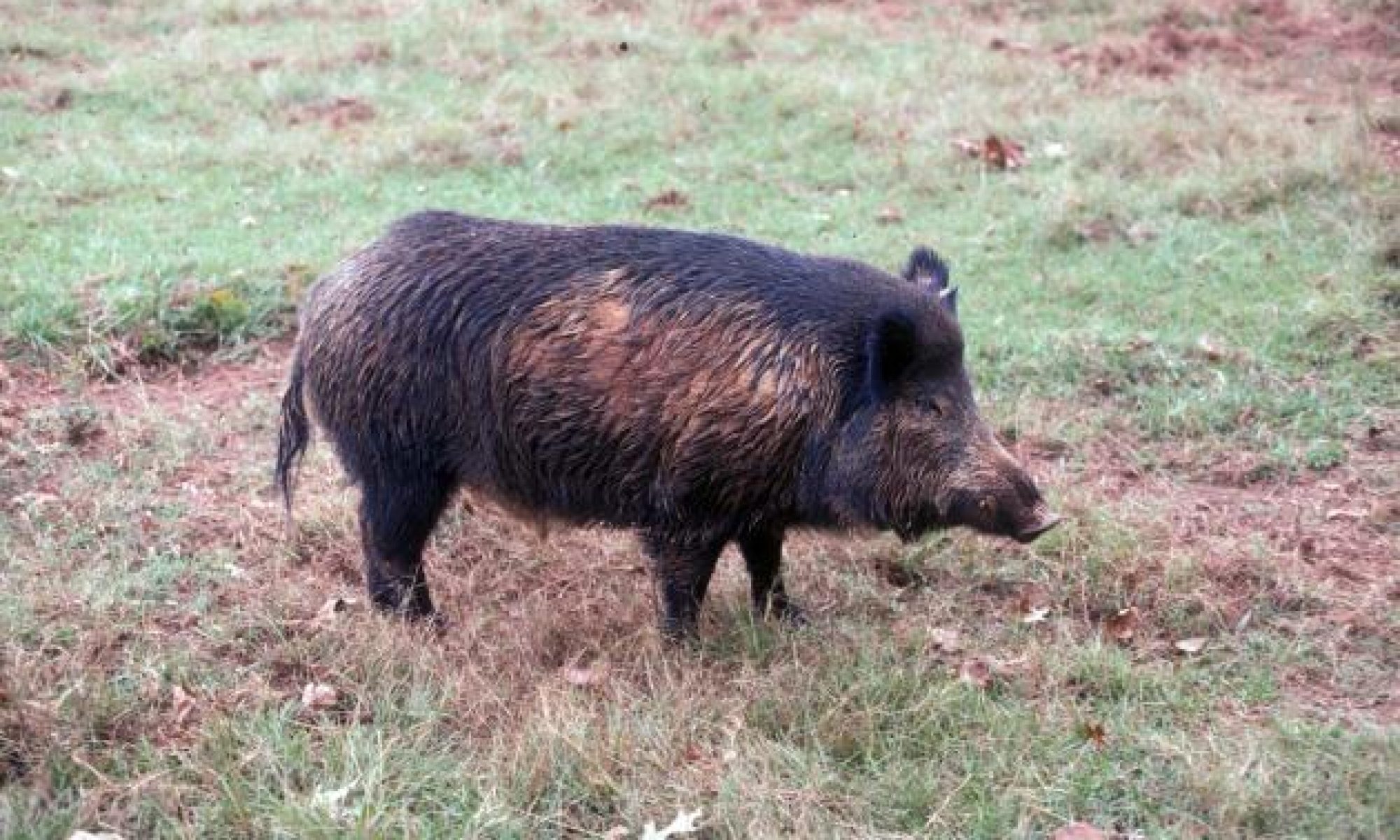Swine brucellosis is a highly contagious infectious disease caused by the bacterium Brucella suis, of which there are five biotypes or strains. Brucellosis represents a significant disease of domestic swine, which had been all but eliminated from domestic herds in the United States. However, swine brucellosis infection commonly occurs in feral hog (also called wild hogs; Sus scrofa) populations in this country. Several species of vertebrates can also contract this disease. Biotypes 1 and 3 can cause infections in humans. As such, this disease represents a significant public health threat to hunters or other humans who may have direct contact with these animals. Because swine brucellosis has the potential to severely impact the livestock industry/food supply in this country, it is also recognized as a bioterrorism agent of concern.
Transmission between hogs is through sexual contact or ingestion of recently discharged organisms in urine, aborted fetuses, etc. Brucellosis causes infectious abortions in hogs. Other symptoms include stillborn or weak piglets, infertility, reduced milk production, testicular inflammation, lameness, hind limb paralysis, joint inflammation, and abscess formation. Unfortunately, these symptoms are not always evident, and infected animals can become long-term carriers. Blood tests are the only reliable method of diagnosis. There is no cure for this disease in animals. The only effective way to control this disease is to eliminate any infected animals. Vaccine developed for bovine brucellosis has been shown to be effective against swine brucellosis infection; however, this vaccine is not currently approved for such use.
Humans cases of swine brucellosis are generally traced to exposure to bodily fluids from infected animals through open wounds on the victims (for example, unhealed cuts on the fingers and hands). This occurs most often when hunters are gutting or butchering feral hogs that they have killed. The use of disposable rubber or latex gloves in this situation is the easiest way to prevent such exposures. Handling of the reproductive tracts of both boars and sows should also be minimized. It is further recommended that one clean up with hot water and soap after completing the field dressing or butchering process. In humans, it can cause undulant fevers, sweating, weakness, anemia, headaches, depression, and muscle/body aches and pains. The fatality rate in humans is very low, but the disease is often debilitating. The duration of the aforementioned symptoms can last for years. Human victims are treated with very high doses of antibiotics for extended periods to hopefully clear the infection.
Swine brucellosis is widely distributed in feral hog populations and has been recently reported in 14 states. In 1974-5, 22% of the human cases of brucellosis in Florida were from contact with feral hogs. In 2009, the Centers for Disease Control and Prevention (CDC) reported that three hunters (one each from Florida, Pennsylvania and South Carolina) had contracted brucellosis from field dressing and butchering feral hogs in Florida during December of 2007.
